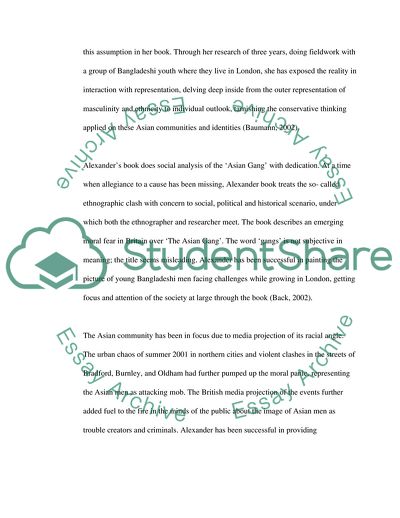Cite this document
(Claire Alexander's The Asian Gang Case Study Example | Topics and Well Written Essays - 2500 words, n.d.)
Claire Alexander's The Asian Gang Case Study Example | Topics and Well Written Essays - 2500 words. https://studentshare.org/sociology/1707804-a-case-study-on-claire-alexanders-the-asian-gang
Claire Alexander's The Asian Gang Case Study Example | Topics and Well Written Essays - 2500 words. https://studentshare.org/sociology/1707804-a-case-study-on-claire-alexanders-the-asian-gang
(Claire Alexander'S The Asian Gang Case Study Example | Topics and Well Written Essays - 2500 Words)
Claire Alexander'S The Asian Gang Case Study Example | Topics and Well Written Essays - 2500 Words. https://studentshare.org/sociology/1707804-a-case-study-on-claire-alexanders-the-asian-gang.
Claire Alexander'S The Asian Gang Case Study Example | Topics and Well Written Essays - 2500 Words. https://studentshare.org/sociology/1707804-a-case-study-on-claire-alexanders-the-asian-gang.
“Claire Alexander'S The Asian Gang Case Study Example | Topics and Well Written Essays - 2500 Words”. https://studentshare.org/sociology/1707804-a-case-study-on-claire-alexanders-the-asian-gang.


